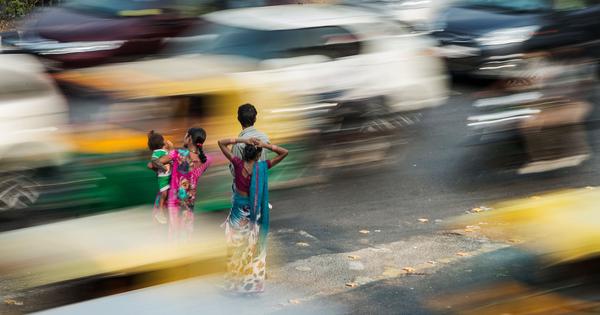
As recently as 40 years ago, streets in India provided an inclusive space for push-cart vendors, cyclists, pedestrians, the disabled and sundry animals to move around while buses, three and two-wheelers, cars and other automobiles negotiated their way against these claims. Such streets might have appeared chaotic and cacophonous but they nevertheless were hospitable for a diversity of social exchanges.
Such a welcoming environment is, however, a thing of the past on the many thoroughfares of Bengaluru, Mumbai or New Delhi. Street after street has been redesigned to optimise automotive travel and thereby reduce what transport planners call the “friction of distance”. A recent statistic put it at more than 250 million vehicles crawling on Indian streets. This compares with 360 million in China, 150 million in Indonesia and 106 million vehicles in Brazil.
But this shift in redefining streets is not predicated solely on growing numbers of vehicles. It is a product of…















